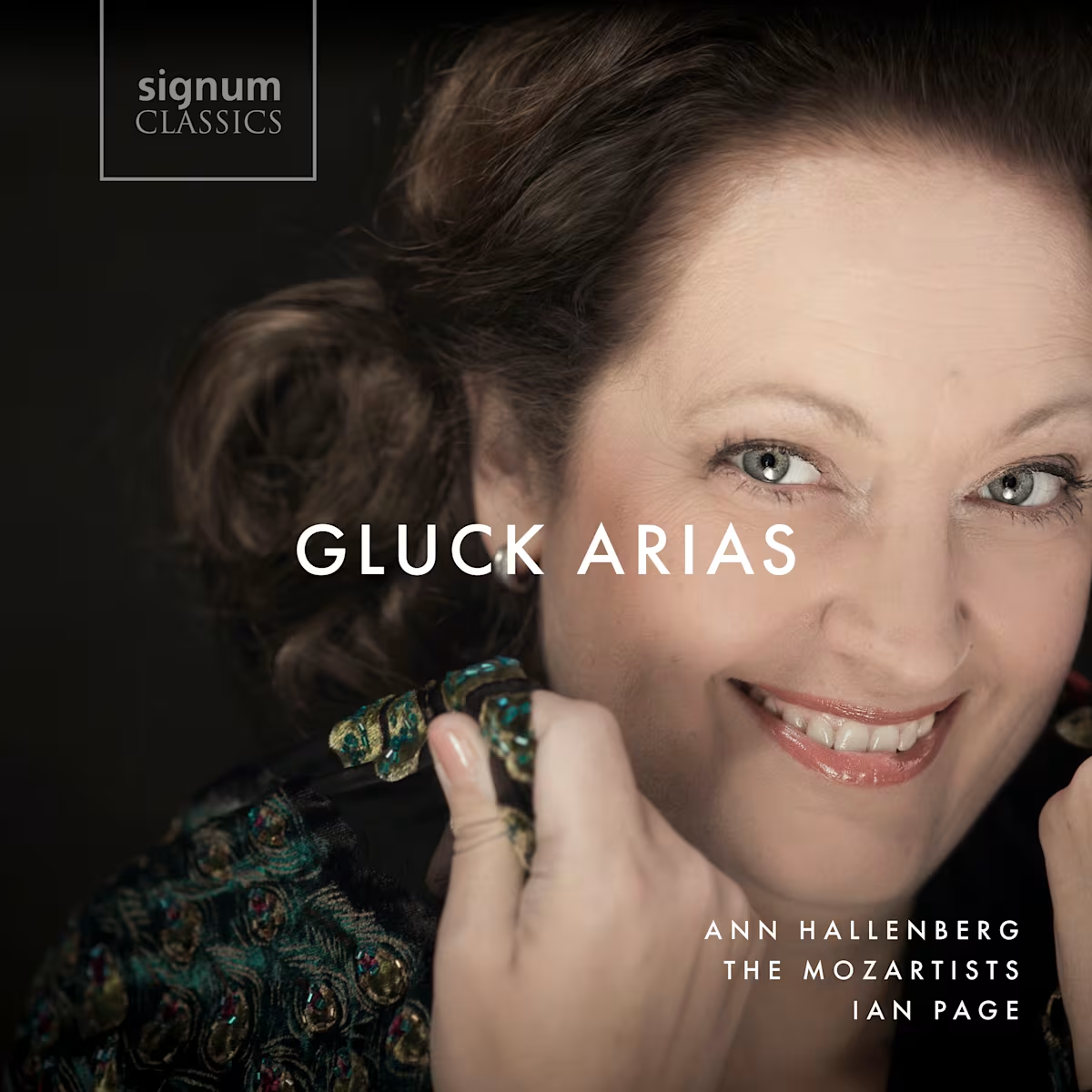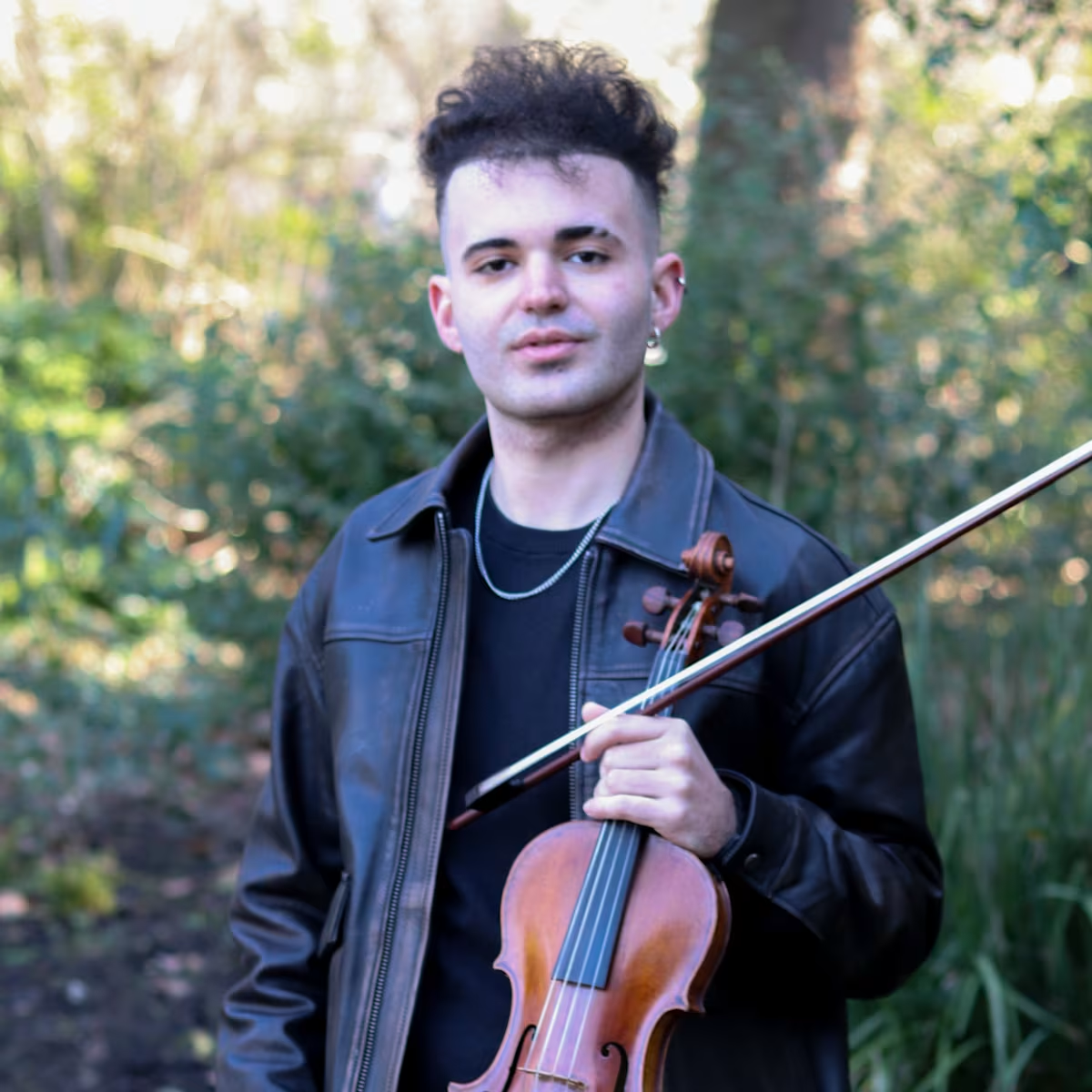Feature
I Fagiolini Revives Benevoli’s Masses
Unearthing the powerful four-choir works of a forgotten Roman master
Share this

FIRST PUBLISHED 22 SEP 2024
I Fagiolini’s recordings over nearly 40 years have included a significant amount of Monteverdi – I’ve always been drawn to the alchemy of drama, lyricism, pure sound, and new textures that he creates in his madrigals above all. But we have focused more on unrecorded repertoire – to add to the sum of human knowledge, I suppose, rather than to repeat what is already available.
This has been difficult financially – the buying public does like what it knows – but we have made whole disc premieres of Tomkins, Martin Peerson, Croce, Andrea Gabrieli, Striggio, and also individual premieres of Viadana (Vespers), Giovanni Gabrieli, Byrd (yes Byrd, back in the 90s), and plenty of contemporary commissions. I suppose our other ‘thing’ has been to record (and sometimes film) new ways of hearing familiar repertoire, most recently our Victoria Tenebrae Responsories album, down a fourth from written pitch.
In early October, we release our fourth large-scale project – the second in our Colossal Baroque series for Coro Records, featuring the brilliantly conceived four-choir masses of the virtually unknown Orazio Benevoli. You can read more about the first recording in the series in this article about Benevoli's Tu es Petrus mass.
Mid-17th-century Rome seems to have existed musically in a kind of vacuum, with its own musical practices and habits. Multi-choir was very much ‘in’ and the techniques of separating the different choirs to put the listener in the centre of a surround-sound experience seem to have been honed to perfection, with sub-conductors and an organ for each little group.
Benevoli was by no means the first to have a go at this. Cori spezzati (‘split-choir’) or polychoral music was all the rage up the road in Venice in the late 16th century – with an emphasis on virtuosity and instrumental colour – cornetts, sackbuts, dulcians: music as power. Its humbler starting point two generations before that seems to have been the service of Vespers, where psalms were chanted by different groups (in England, different sides of the choir: ‘Dec and Can’), coming together in the closing Gloria – or in early 16th-century music where two small 4-part choirs combined into a brief but flashier 8-part finale.
The first true master of this choral stereo was Orlandus Lassus, whose infinitely subtle choral entwinings reflected the physical closeness of his two groups: with balconies very close together, his choirs could do more than just hit the ball back across the net but combine in ever more ingenious ways: try his 8-voice Alma redemptoris mater.
But in the same way that building a slightly bigger tower than your neighbour got out of hand in the 15th century (search San Gimignano), composing for an ensemble of even more choirs quickly became a thing. The surviving monolith of the 16th century is the motet and mass for 40 voices (five choirs of eight lines each) by Alessandro Striggio (which I had the pleasure of recording in 2011), intended as a bribe for Emperor Maximilian II in the 1560s. Striggio took the music to Munich and Paris, where he gave notable performances with rather surprised local musicians and even – it’s thought – to London. There, if a single piece of scrappy evidence is to be believed, it so inspired Thomas Tallis that he wrote his own 40-voice motet, Spem in alium. That extraordinary one-off work of genius had no obvious successors and may never even have been performed in ‘public’ in Tallis’s lifetime, despite the huge affection (and terror) with which it is now frequently attempted.
Can you actually hear (and follow) 40 different parts? Well, no! Apparently, seven different is the most we can manage (as a singer once helpfully told me just as I was about to conduct Spem) but that’s what is so clever about the apparent ‘reduced’ forces (16 instead of 40) of our Roman discovery, Benevoli. He knew what worked as opposed to what looked good on the page. His light touch creates a four-layered musical soufflé whose flavours attack the palate individually before kaleidoscopically combining in an explosion of flavours (that gum in Charlie and the Chocolate Factory) when the sound of all sixteen parts takes over your entire body.

What’s it like to take part in? For the conductor, it’s the best seat in the house, but there is an element of Mickey Mouse, dancing around to catch each choir at the right moment, giving them the confidence to come in when they can’t really hear enough of the detail around them to know how it’s going. In 17th-century performances, a main conductor stood by choir 1, giving a metronomical beat with a rolled-up piece of paper. This was relayed by sub-conductors standing with the other choirs, as at the recent Coronation in Westminster Abbey, maestro Pappano using the helpful video camera to keep his out-of-sight orchestra together with the choir. With Benevoli’s masses, each singer only had their own part – plus a large dose of adrenaline. Rehearsal was minimal, and a musical visitor from France was astounded at the technique’s success.
One peculiar feature of this music is a technique called ‘holding the mule’. In this case, the mule is a stubbornly slow-moving tune sung in unison by the sopranos of the four choirs, around the heads of the congregation. The name was presumably inspired by the familiar sight of a priest stuck on a static mule in the streets of Rome, the priest vainly urging it on. But the sopranos’ loss (no-one enjoys singing slow) is the composer’s gain, allowing fast-moving music for the parts underneath. Handel came to Rome only 30 years after Benevoli’s death and was clearly taken with the technique, including it in his Dixit Dominus and also in Messiah’s Hallelujah chorus – ‘King of kings’...
What made these performances even more astounding were the super-special occasions when choirs were doubled up: eight groups instead of four and spread even further down the church, the problems of ensemble multiplying and requiring absolute balls of steel from those taking part. It was known to work, although one can imagine performances when it didn’t...

On 4th October 2024, a unique Colossal Baroque performance took place at St Martin-in-the-Fields to mark the launch of I Fagiolini’s premiere recording of Benevoli’s four-choir Benevola mass: with the deluxe model – four doubling, eight in all. I Fagiolini provided the primaries while secondaries were sung by St Martin’s Choral Scholars and The Lyons Mouth. And a composer who lived in poverty and was completely forgotten rose again, mules and all.
Author: Robert Hollingworth
Share this
Keep reading

Harpsichord Masterclass Series with Nathaniel Mander
Take your early keyboard playing to the next level with this 16-part online masterclass series led by international harpsichordist, Nathaniel Mander.

Gluck Arias | Ann Hallenberg with The Mozartists & Ian Page
Ian Page and The Mozartists’ latest recording for Signum Classics features a programme of Gluck arias sung by celebrated Swedish mezzo-soprano Ann Hallenberg.

In conversation: Joseph Lowe
Continuo catches up with violinist and violist Joseph Lowe to talk about his journey into Early Music and his recent video recording with the Lowe Ensemble.





